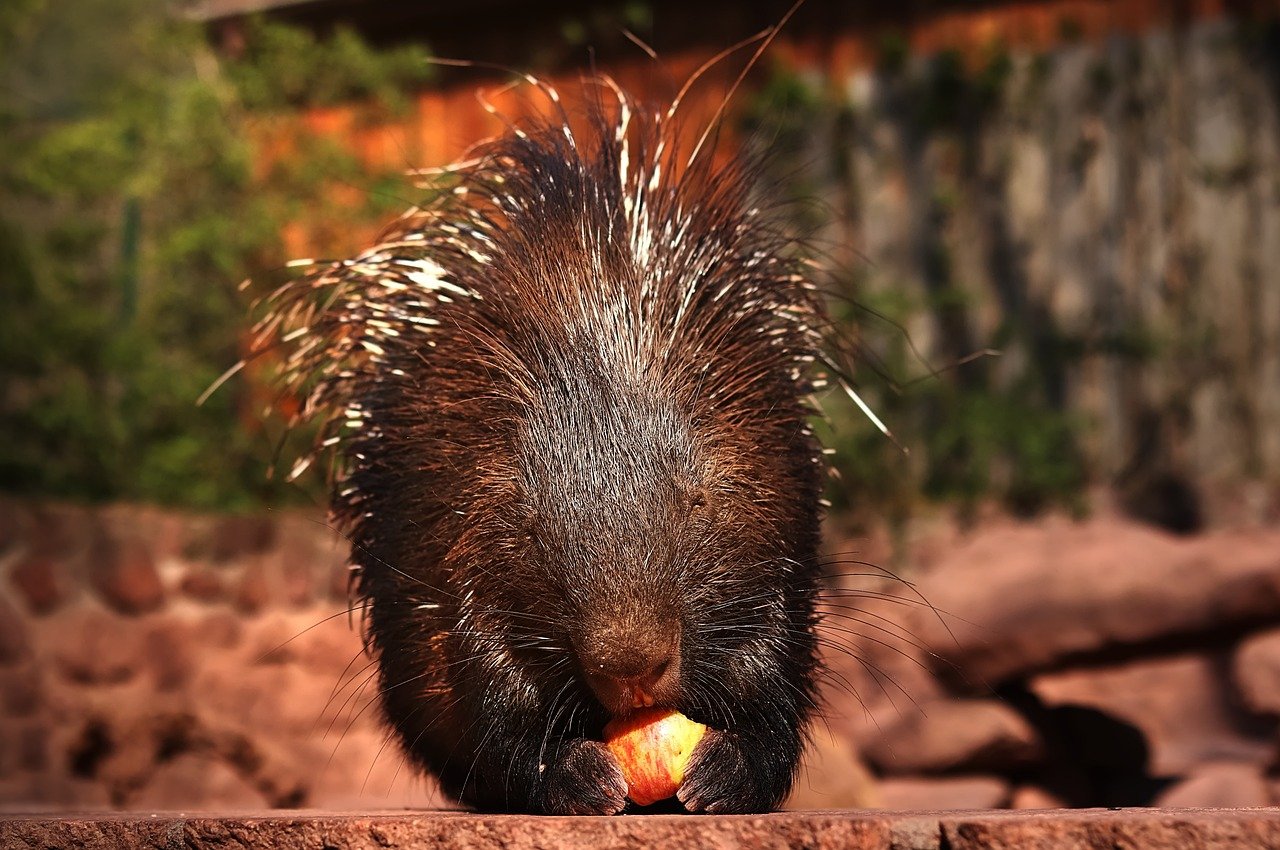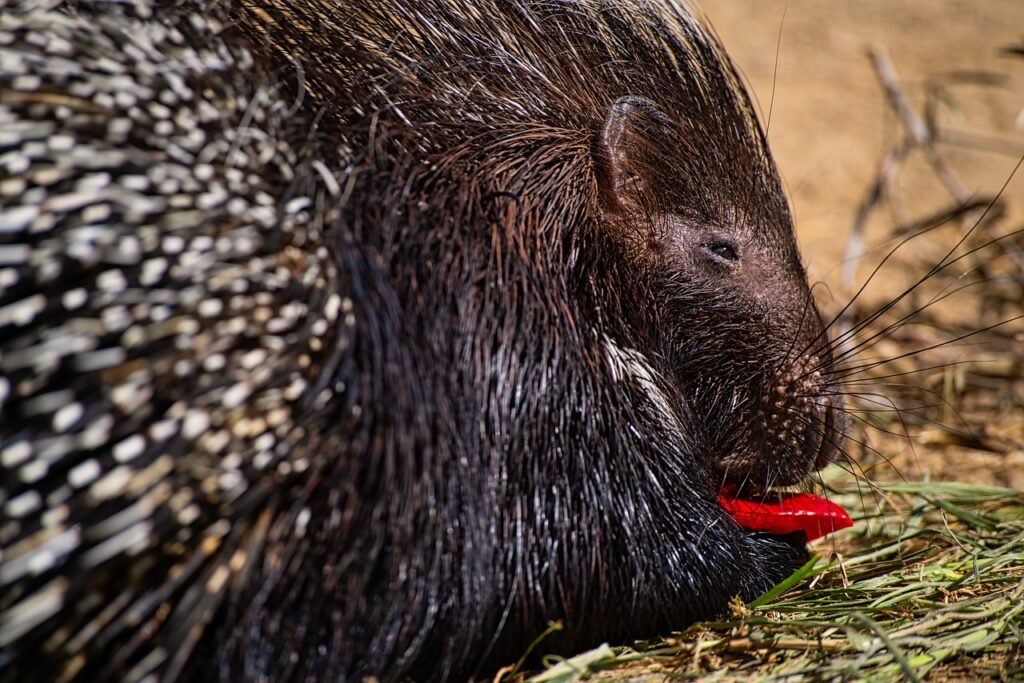Target training is a versatile and effective method to teach specific behaviors to your porcupine while fostering communication and trust. In this step-by-step guide, we’ll explore the principles and techniques of target training for porcupines, providing you with a comprehensive approach to introducing this valuable training method to your quilled companion.
Understanding Target Training:
Target training involves teaching an animal to touch a designated target, such as a stick or object, with a specific body part (usually their nose). This method helps in shaping behaviors, improving focus, and creating a positive training experience.
Key Concepts:
- Positive Reinforcement Basis:
- Target training relies on positive reinforcement. Rewards, such as treats, are used to reinforce the desired behavior.
- Target Discrimination:
- The porcupine learns to discriminate between the target object and other items, focusing on interacting with the designated target.
- Gradual Shaping:
- Behaviors are shaped gradually. Initially, the porcupine is rewarded for simple interactions with the target, and the complexity of behaviors increases over time.
Step-by-Step Target Training Guide:
1. Choose a Target Object:
- Select a target object that is safe, easily distinguishable, and can be easily presented to your porcupine. A small stick or ball mounted on a stick works well.
2. Introduce the Target Object:
- Present the target object to your porcupine without any expectations. Allow them to investigate the object at their own pace.
3. Associate with Rewards:
- When the porcupine shows interest in or interacts with the target object, immediately reward them with a treat. This creates a positive association between the target and rewards.
4. Use a Command or Cue:
- Introduce a verbal command or cue when presenting the target object. For example, say “touch” or any other word you choose. Repeat the cue consistently.
5. Reward for Touching:
- Encourage the porcupine to touch the target object with their nose. When they do, reward them immediately. Be sure to use a clicker or a distinct verbal cue when they make contact.
6. Gradual Progression:
- As your porcupine becomes comfortable with touching the target, gradually increase the complexity of behaviors. You can require them to touch the target at different heights or angles.
7. Shape Specific Behaviors:
- Use target training to shape specific behaviors, such as leading your porcupine to a certain location, getting them to climb on a designated platform, or guiding them through an obstacle course.
8. Consistent Reinforcement:
- Consistently reinforce the correct behavior with rewards. Gradually reduce the frequency of treats as the behavior becomes more reliable, but continue to reinforce periodically.
9. Generalize Across Environments:
- Practice target training in different environments to generalize the behavior. This ensures that your porcupine understands the command and performs the behavior in various situations.
10. Enjoy the Process:
- Target training is a positive and engaging experience for both you and your porcupine. Enjoy the process, celebrate successes, and maintain a patient and encouraging attitude.
Target Training Tips for Porcupines:
1. Keep Sessions Short and Positive:
- Porcupines have shorter attention spans, so keep target training sessions short and positive to maintain their interest.
2. Choose High-Value Rewards:
- Use high-value treats to keep your porcupine motivated. Experiment with different treats to find what they love the most.
3. Safety First:
- Ensure the target object is safe and free of any sharp edges. Safety is paramount during training sessions.
4. Adapt to Individual Preferences:
- Pay attention to your porcupine’s preferences. Some may prefer tactile rewards, while others respond well to treats.
5. End on a Positive Note:
- Always end target training sessions on a positive note. Offer a final reward and engage in positive interactions to leave a favorable impression.
By following this step-by-step guide, you can introduce target training to your porcupine and enjoy the positive and enriching benefits it brings. Target training not only builds a strong foundation for communication but also enhances the bond between you and your quilled companion.



